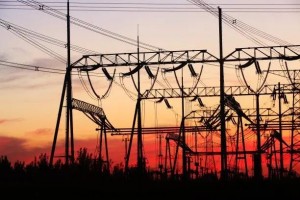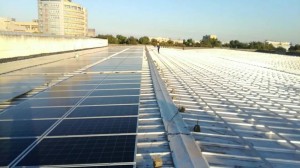Someone asked, when is the best time to install a photovoltaic power station?
It is generally believed that July is the best time for solar energy, but it is true that the sun is abundant in the summer. There are advantages and disadvantages. Sufficient sunshine in the summer will indeed increase the power generation during photovoltaic power generation, but the summer brings Hazards also have to be guarded against. For example, summer temperatures are high, humidity is high, rainfall is heavy, and severe weather is relatively frequent. These are all adverse effects of summer.
1. Good sunshine conditions
The power generation capacity of photovoltaic modules will vary under different sunlight conditions. In spring, the sun angle is higher than in winter, the temperature is suitable, and the sunshine is sufficient. Therefore, it is a good choice to install photovoltaic power stations in this season.
2. Large power consumption
As the temperature rises, household electricity consumption also increases. Installing a home photovoltaic power station can use photovoltaic power to save electricity costs.
3.Thermal insulation effect
Household photovoltaic power generation equipment on the roof has a certain insulation effect, which can have the effect of “warmth in winter and cool in summer”. The indoor temperature of a photovoltaic roof can be reduced by 3 to 5 degrees. While the building temperature is controlled, It can also significantly reduce the energy consumption of air conditioning.
4. Relieve electricity pressure
Install photovoltaic power stations and adopt the model of “self-use for self-use and grid-connection of surplus electricity”, which can sell electricity to the state and alleviate the pressure on society’s electricity consumption.
5. Energy saving and emission reduction effect
Since my country’s current energy structure is still dominated by thermal power, thermal power plants naturally operate at full capacity during peak power consumption, and carbon emissions also increase. Correspondingly, haze weather will follow. Every kilowatt hour of electricity generated is equivalent to reducing 0.272 kilograms of carbon emissions and 0.785 kilograms of carbon dioxide emissions. A 1-kilowatt photovoltaic power generation system can generate 1,200 kilowatt-hours of electricity in a year, which is equivalent to planting 100 square meters of trees and reducing coal usage by nearly 1 ton.
Someone asked, when is the best time to install a photovoltaic power station?
It is generally believed that July is the best time for solar energy, but it is true that the sun is abundant in the summer. There are advantages and disadvantages. Sufficient sunshine in the summer will indeed increase the power generation during photovoltaic power generation, but the summer brings Hazards also have to be guarded against. For example, summer temperatures are high, humidity is high, rainfall is heavy, and severe weather is relatively frequent. These are all adverse effects of summer.
Post time: Nov-27-2023




